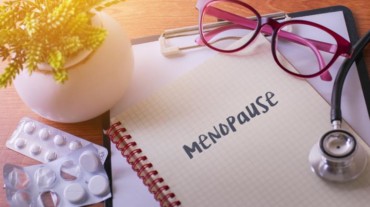
Menopause, peri-menopause or post-menopause are stages in a woman’s life when her monthly period stops. This indicates the end of a woman’s reproductive years.

Peri-menopause is the first stage in this process and can start 8 to 10 years before menopause. Menopause is the time that marks the end of your menstrual cycles. It is diagnosed after you’ve gone 12 months without a menstrual period. Post menopause, as the name suggests, is the stage after hitting it. The age when a woman hits the phase is a very important biomarker of not only the loss of fertility but also an increased risk for various mid-life diseases and problems.
It is natural part of ageing that usually occurs between 45 and 55 years of age, as a woman’s estrogen levels decline. The average age for a woman to reach this stage is 51 in developed countries.
In India, average age of menopause it was 46-47 years, which is significantly lower than the age in some developed countries.
If a woman touches it before 40 years of age, it is known as premature menopause. Early onset happens before age 45, while premature happens to about 1% of women under age 40.
Also Read: Can having regular sex delay the onset of menopause? Let’s find out

Given the health risks associated with early menopause, hormone replacement therapy (HRT) is routinely recommended to all women with premature menopause unless there is a compelling reason that it can’t be used. Many of the risks of hormone therapy used after natural menopause are not thought to apply to women who have it prematurely.
Though causes of premature are mostly not modifiable, its associated risks can be modified by lifestyle interventions apart from medical treatments.
These are as follows:
If a woman is 55 or older and still hasn’t begun menopause, doctors would consider it late-onset menopause. Late menopause isn’t uncommon among obese women.
Select Topics of your interest and let us customize your feed.
PERSONALISE NOWAlso Read: When should you stop using contraception after menopause?

There’s an increased risk of breast, ovarian, and uterine cancer in late-onset menopause. This is due to the lengthened amount of time a woman’s body is producing estrogen. Many of these diseases can be prevented by timely intervention through:
Get Latest Updates on Preventive Care, Family Care, Reproductive Care, Self Care